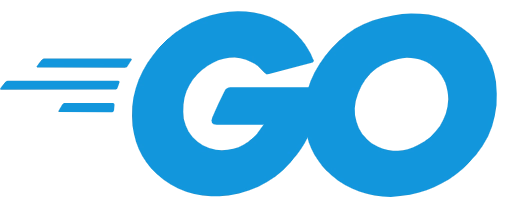Go vs Dart: Comparing Two Powerful Programming Languages
Choosing the right programming language for a project is crucial. In this article, we will compare Go and Dart, two powerful programming languages that have gained significant popularity in recent years.
1. Performance and Efficiency
When it comes to performance and efficiency, Go takes the lead. Developed by Google, Go was designed specifically for high-performance systems programming. Its compilation speed is remarkable, making it a popular choice for large-scale applications. On the other hand, Dart is known for its fast startup time and efficient garbage collection, making it suitable for building modern web, mobile, and desktop applications.
2. Syntax and Ease of Use
Both Go and Dart have simple and concise syntaxes, making them relatively easy to learn and use. Go follows a C-like syntax, while Dart resembles JavaScript. With strong and static typing, Go ensures code safety and reduces errors during runtime. Dart, on the other hand, offers optional static typing, allowing developers to choose between the flexibility of dynamic typing and the safety of static typing.
3. Concurrency and Parallelism
Concurrency is a fundamental concept in Go, with Goroutines and Channels providing built-in features for concurrent programming. Go's lightweight Goroutines allow for millions of concurrent functions, making it ideal for handling concurrent tasks efficiently. Dart also supports concurrency through the use of Isolates, which are similar to Goroutines. However, compared to Go's built-in support, Dart's concurrency requires additional code and setup.
4. Community and Ecosystem
Both Go and Dart have vibrant and growing communities. Go has gained popularity due to its performance, simplicity, and ease of deployment. It has a rich ecosystem with many open-source libraries and frameworks that make development faster and easier. Dart, on the other hand, has gained traction in the web and mobile development community. It has a strong support system from Google and a growing set of libraries and frameworks, such as Flutter, making it an excellent choice for cross-platform app development.
5. Scalability and Deployment
Go is renowned for its scalability and efficiency in handling concurrent requests. It has been widely adopted by companies for building high-performance applications and microservices. Go's native support for concurrency and its ability to handle high traffic make it a preferred language for deployment. Dart is best suited for web and mobile applications, especially when combined with Flutter. Dart compiles to optimized JavaScript, providing fast and efficient runtime performance.
6. Learning Curve and Documentation
Both Go and Dart have clear and well-documented official documentation, making it easy for developers to learn and master these languages. The simplicity and concise syntax of both languages also contribute to their low learning curve. Go has extensive documentation and articles, while Dart benefits from Google's support and thorough documentation due to its association with Flutter.
Conclusion
Choosing between Go and Dart depends on the specific requirements of your project. Go excels in performance, efficiency, and scalability, making it suitable for high-performance systems programming. Dart, on the other hand, shines in web and mobile development, especially when combined with Flutter for cross-platform app development. Both languages have strong communities and well-documented resources, making them accessible for developers of all levels. Consider the needs of your project and the strengths of each language to make an informed decision.
